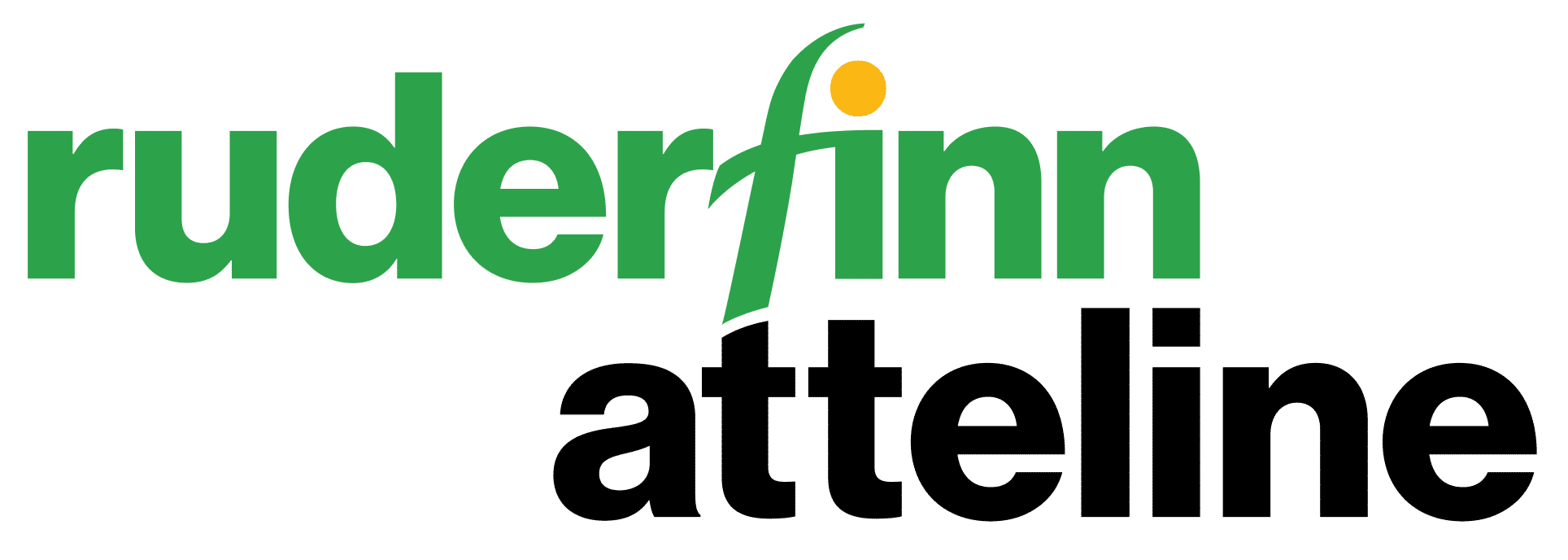PR in 2023 – A Deep Dive into the MENA Region and Beyond
The past few years have been far from predictable. With a global pandemic, travel bans and restrictions, political turmoil, invasion, war, and now a looming recession, it’s needless to say that every industry has and will continue to see fast-paced change. Combine this with ongoing changes in consumer spending habits, the persistence of remote work and hybrid work schedules, and global threats like the growth of fake news and misinformation on social media platforms, and as we close off Q1, we know that 2023 has already seen changes in the strategies and tactics used across all businesses and industries. This includes public relations.
As PR professionals, we are put in charge of managing communications on behalf of our clients and companies, so it is imperative to understand these changes to make the best out of upcoming trends and predictions to lead those communications strategies effectively.
At Atteline, we’ve been diligently researching existing and predicted trends for the PR industry and have compiled a roundup of what is expected in the communications sector for the remainder of 2023.
Media outlets will rely more on contributed articles as full-time staff continues to shrink
– In the Middle East and North Africa (MENA) region and beyond, editorial teams have been shrinking. This means that media outlets have fewer full-time writers to rely on to satisfy the content demands. As a result, the writers they do have are often relegated to breaking news or more complex topics. What this means for the PR industry is that there is also more demand for contributed articles by outside authors. Professionals should work with their clients to create bylined content and thought leadership pieces that help their media contacts reach their quotas, and help clients meet and exceed their objectives.
(Even more) growth of artificial intelligence (AI)
– Massive advancements in technology have seen AI solutions play an increasingly prominent role in everyday marketing and communications activities. From AI-powered copywriting tools and contact management and outreach tools to artificial intelligence-inspired event formats, PR professionals have more time-saving tools at hand now than ever before, but we must be careful to not lean too heavily on this and remember the human aspect of PR. Relationships are the core of a successful communications strategy, so agencies and in-house PR departments must remember that we should use these tools to help, but not allow them to hinder.
A boom in user-generated video marketing
– Videos have become ubiquitous in today’s online world, boosted by the rise of Instagram Reels, TikTok, and the evolution of YouTube, the true pioneer of user-generated video content. Short-form video content is fast emerging as the next disruptor within the digital media in MENA, accounting for about 15 per cent of total time currently spent on total media in the region, research showed. Of this short-form content, user-generated videos have soared in popularity, as according to Hootsuite, consumers are 2.4 times more likely to watch user-generated content than brand-created content.
Alternative media will continue to grow
– As the nature of available PR opportunities continues to evolve and change, PR professionals will continue to use more varied channels to identify the right ones for their clients, including podcasts, newsletters, LinkedIn, media Slack channels, and the list goes on.
There is literally a podcast for everything, offering brands direct access to a hyper-engaged and super-niche audience. These podcasts may not have huge numbers in terms of listeners or subscribers because they are about very specific, niche topics but they shouldn’t be overlooked. This is similar to the macro-influencers versus micro-influencers debate. Posts by macro-influencers will be seen by many, and engaged with by few, while those from micro-influencers will be seen by fewer people, but those people are far more likely to want to engage with the brands those influencers are working with. The same is true for niche podcasts and newsletters.
Web3 will lead to more direct interactions between brands, PRs and consumers
– Through immersive, virtual experiences with an emphasis on user privacy and the decentralisation of data, brands will be collecting consumer data with a more direct approach. This enables real-time conversations with their current and potential customers. Through the likes of Discord and other social media channels, these conversations will lead to a deeper understanding of consumer wants and needs, helping craft more immersive strategies to grab customer (and media) attention.
Twitter will get weirder
– With the latest news cycle around Elon Musk’s acquisition of the platform, I’m not even going to try to predict what the platform and its users will experience in the new year. Twitter is, and always has been, a roller coaster, and we can expect it to get even more turbulent as scuffles around blue check marks, advertising, and censorship persist. Let’s all watch this space with our fingers on the pulse, keeping a close eye on new (and arguably improved) platforms such as Mastodon.
The key to being a good public relations executive is relevancy. Always knowing what is changing, when it’s changing, and what is most likely to change as soon as tomorrow. It is a fast-paced and unpredictable job, but it is at the forefront, and this is an exciting place to be.
Words By: Bianca Riley, Group Director at Atteline

